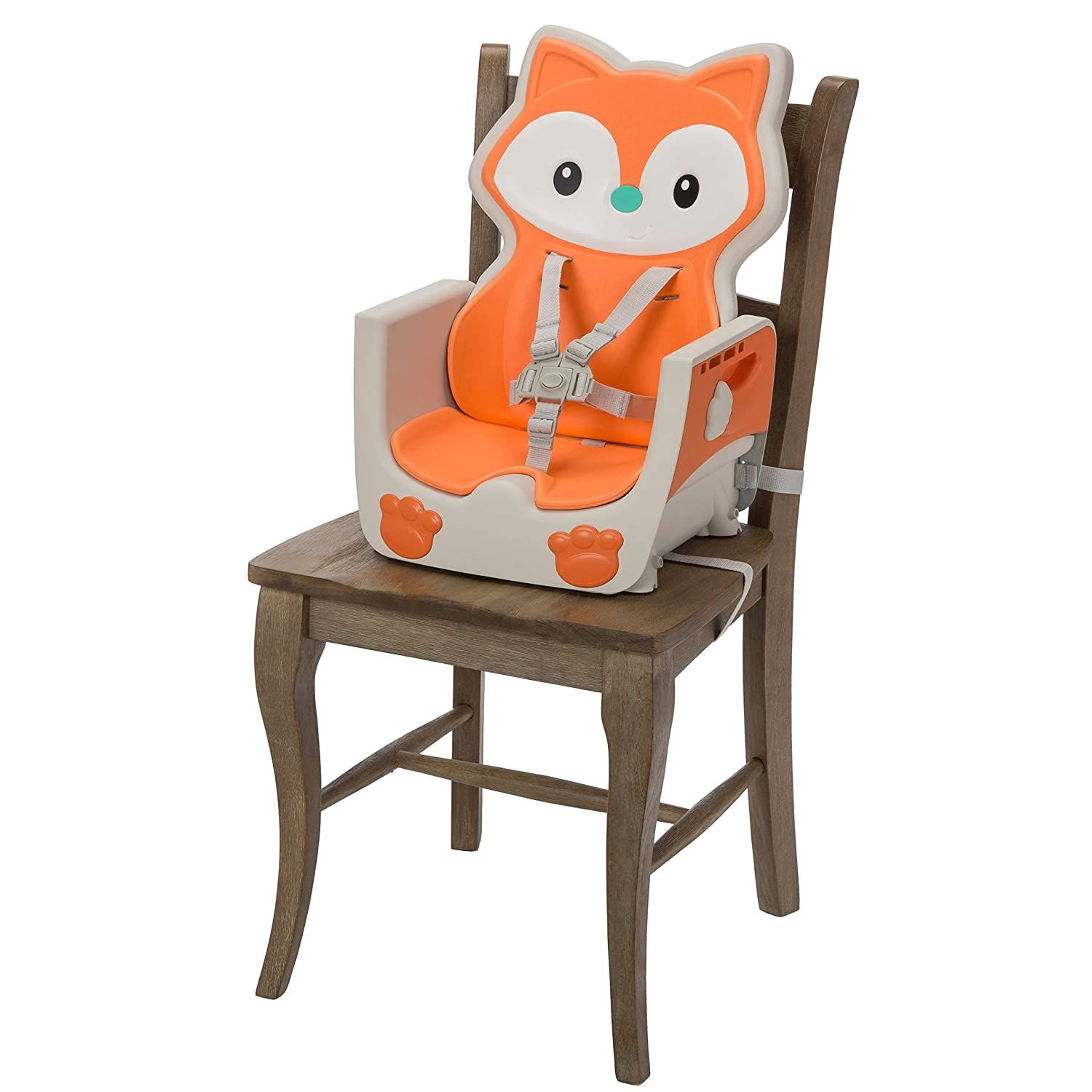Baby Sit-Up Chair Safety and Usage Guidelines: Best Baby Sit Up Chair

Ensuring your baby’s safety while using a sit-up chair is paramount. Proper usage and adherence to safety guidelines will minimize risks and allow your baby to enjoy the benefits of this supportive seating aid. Remember, a sit-up chair is a supportive tool, not a replacement for adult supervision.
Best baby sit up chair – Safe and effective use of a baby sit-up chair hinges on understanding the appropriate age range and employing consistent supervision. Never leave your baby unattended in the chair, regardless of its safety features. Prolonged periods in the chair should also be avoided, as this can restrict movement and hinder natural development.
Appropriate Age Range for Sit-Up Chairs
The ideal age for using a baby sit-up chair is generally between 4 and 6 months, but this depends heavily on your baby’s individual development. Key developmental milestones indicating readiness include the ability to hold their head steady and unsupported, show signs of wanting to sit up, and have sufficient neck and torso strength. Premature babies or those with developmental delays may require a later introduction to sit-up chairs. Always consult your pediatrician before introducing your baby to a sit-up chair to determine if they are developmentally ready.
Safety Tips for Using Baby Sit-Up Chairs
Several crucial safety measures must be followed to ensure your baby’s well-being while using a sit-up chair. These precautions will help minimize risks and create a safe environment for your child’s supervised playtime.
- Always supervise your baby while they are in the sit-up chair. Never leave them unattended, even for a short period.
- Choose a sit-up chair with a wide, stable base and sturdy construction. Check for any potential hazards, such as sharp edges or small parts that could be a choking hazard.
- Ensure the chair’s straps or restraints are securely fastened and adjusted properly to provide adequate support without restricting your baby’s breathing or circulation.
- Avoid placing the chair on unstable surfaces or near stairs, furniture edges, or other potential hazards. Maintain a safe and clear area around the chair.
- Limit the duration your baby spends in the sit-up chair. Prolonged sitting can strain their back and hinder their natural development. Encourage tummy time and other forms of movement.
- Regularly inspect the chair for any signs of wear and tear. Replace the chair immediately if any damage is found.
Warnings Against Prolonged Use, Best baby sit up chair
Prolonged use of a baby sit-up chair can negatively impact your baby’s development. Extended periods of sitting can hinder the development of their core muscles, limit their range of motion, and potentially lead to postural problems. Prioritize tummy time and floor play to promote healthy physical development. Remember, the sit-up chair should be used for short periods as a supportive tool, not a primary seating solution.
